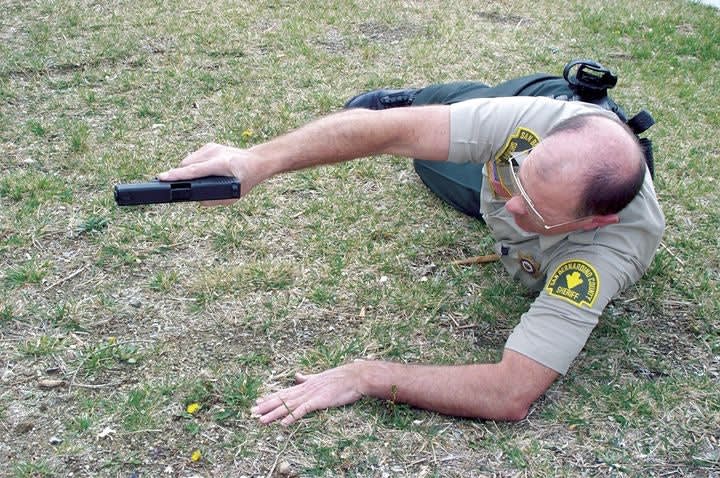When faced with life-threatening situations, we revert back to our training. Many gunfight survivors have referred to their conditioned response as simply "autopilot," while a number of police trainers technically refer to the autonomic response as executing preprogrammed muscle memory for crisis intervention.
Unfortunately, the opposite side of our survival coin also holds true. Police trainers agree that, when faced with an dire circumstance, any time an officer asks the question, "What do I do now?" he or she is searching conscious thought for a acceptable solution to the problem. And that will get you killed in a gunfight.
The human brain works much like a computer or, more properly, the inventors of the computer used the human brain as a model for its development. As we face life, we have our computer screen (or desktop) in front of us, and this desktop is filled with a multitude of "folders." Whether we realize it or not, we all have a folder on our desktop that is titled "Emergency."
Now if we double click on the Emergency folder, we should find a series of sub-folders that are titled with every conceivable problem, including injury, that we might experience.
The goal of this article is to help you fill the sub-folder titled, "I've Been Shot in My Gun Arm." Having this information immediately available will allow you to recover, regain control of the situation, and prevail during the attack.












